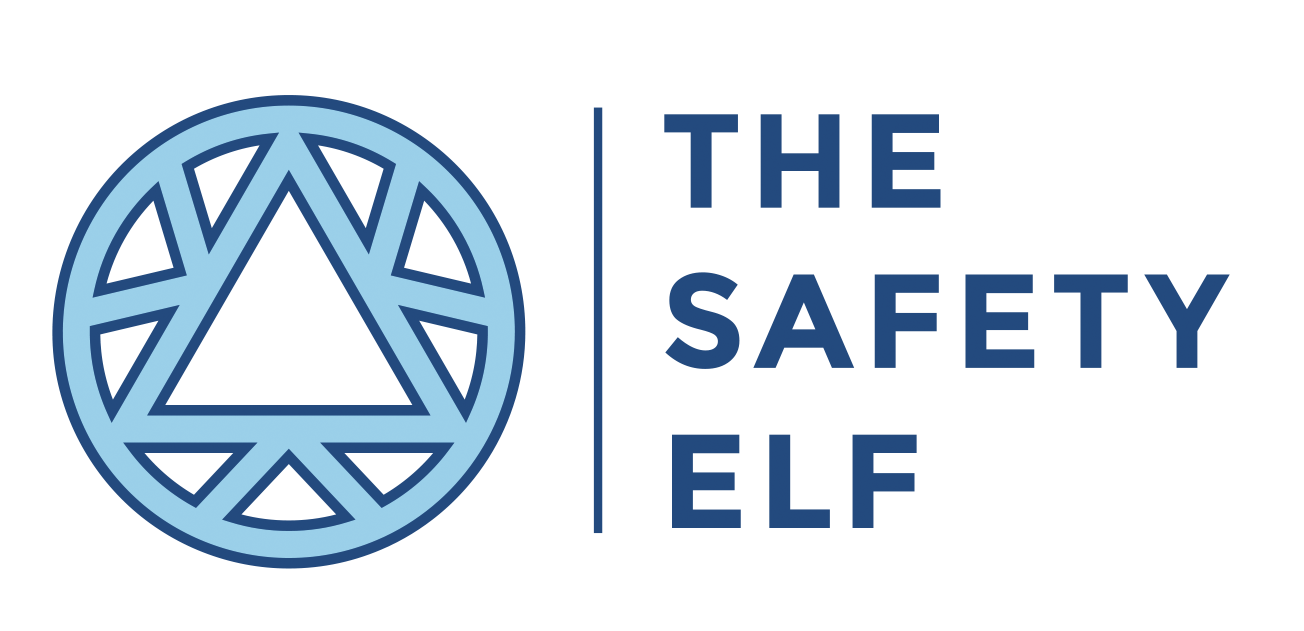What the future of work might look like
Unsurprisingly, the Coronavirus pandemic has prompted research into how employers and employees have experienced the transition to homeworking, and (most interesting to me) the potential impacts on future trends for work for organisations.
I have pulled out just a few key points from 4 research studies here - the project citations are listed at the end if you would like to explore this topic further.
Context
3 of the surveys were run in the period between April and June 2020, the global study was undertaken in October 2020.
Positives of homeworking during lockdown
Employees
Employees identified positive aspects of working from home during the COVID-19 lockdown, including the ability to: take care of children, do housework and spend more time with their partners.
Fathers increased their contribution to childcare and housework during the COVID-19 lockdown.
Employees felt that their manager really cared about the effect that work demands have on their personal and family life.
The issue of staff collaboration featured strongly in both the list of challenges and benefits,
“You stop seeing people as managers and directors, and see them as humans, with families, problems and everything else…”
Productivity - Two-fifths (40.9%) of homeworkers reported that they were able to get as much work done in June 2020 as they were six months earlier. Over a quarter (28.9%) said that they got more done, while 30.2% said that their productivity had fallen.
Employers
Employers who say that productivity has not been affected or improved as a result of the shift to more homeworking refer to an increased ability to meet targets, more focused work time and a better work–life balance as key drivers. In addition, many employers say that technology has allowed them to overcome the twin challenges of poor coordination and communication.
Negatives of homeworking during lockdown
Employees
Employees identified the blurred boundaries between work/home as a key negative aspect of working from home.
Many noted lack of equipment and space to work when working from home.
Missing interactions with colleagues was noted as a key negative aspect of working from home.
Parents, especially mothers, struggled to find the space and time to carry out work during lockdown.
Employers
Some employers highlight challenges with homeworking, such as reduced mental wellbeing, staff collaboration and line management – which they say would be overcome if workers were in the office at least some of the time.
Potential future trends
Employees
72% of employees want to continue working from home on a regular basis post-crisis, and a majority want to do so at least 2 days a week.
75% are expecting their company to support their work at home. However, 24% of employees want to work exclusively in the office, and 70% are in favour of a hybrid model, where they can head to the office to work in teams, manage and be managed, or solve complex problems.
More employees are likely to request/demand flexible working in the future, and with this we may see a decline in flexibility stigma and concerns about flexible working negatively impacting career outcomes.
Parents might have established new patterns of gendered care and unpaid work in the home during lockdown which could potentially influence behaviours and wider cultural norms around care and housework in the future.
Employers
Employers across all sectors are almost unanimous in their desire to see working from home increase following the relative success of its implementation, although some employers acknowledged that more homeworking was impossible in some roles.
The future of the office
There was a focus on the importance of human connection, despite the rise of more distributed and digitally connected work.
The office is the preferred location for some crucial activities – to manage or be managed / to collaborate and run meetings / to solve work related issues and to socialise.
A third party space was also identified as being better for some of these activities.
Employees are asking for renewed collaboration practices, expectations for spaces that foster socialisation and provide a direct connection to the outdoors and new focused work spaces to support meetings with colleagues working remotely.
The Elf’s view
Based on the companies I have been supporting during the pandemic, I think there will be a move to a hybrid working model i.e. home based working mixed with more purpose-driven office based time, and for some businesses the office could become a third party space.
What has your experience been and how do you think (or hope) the future will look?
Share your thoughts in the comments below or join in the discussion with me on Twitter @SafetyElfing.
References
Working From Home During The Covid-19 Lockdown: Changing preferences and the future of work. Authors: Heejung Chung, Hyojin Seo, Sarah Forbes, and Holly Birkett.
Embedding New Ways Of Working: Implications for the post-pandemic workplace. CIPD.
Homeworking in the UK: Before and During the 2020 Lockdown. Authors: Alan Felstead, Darja Reuschke.



